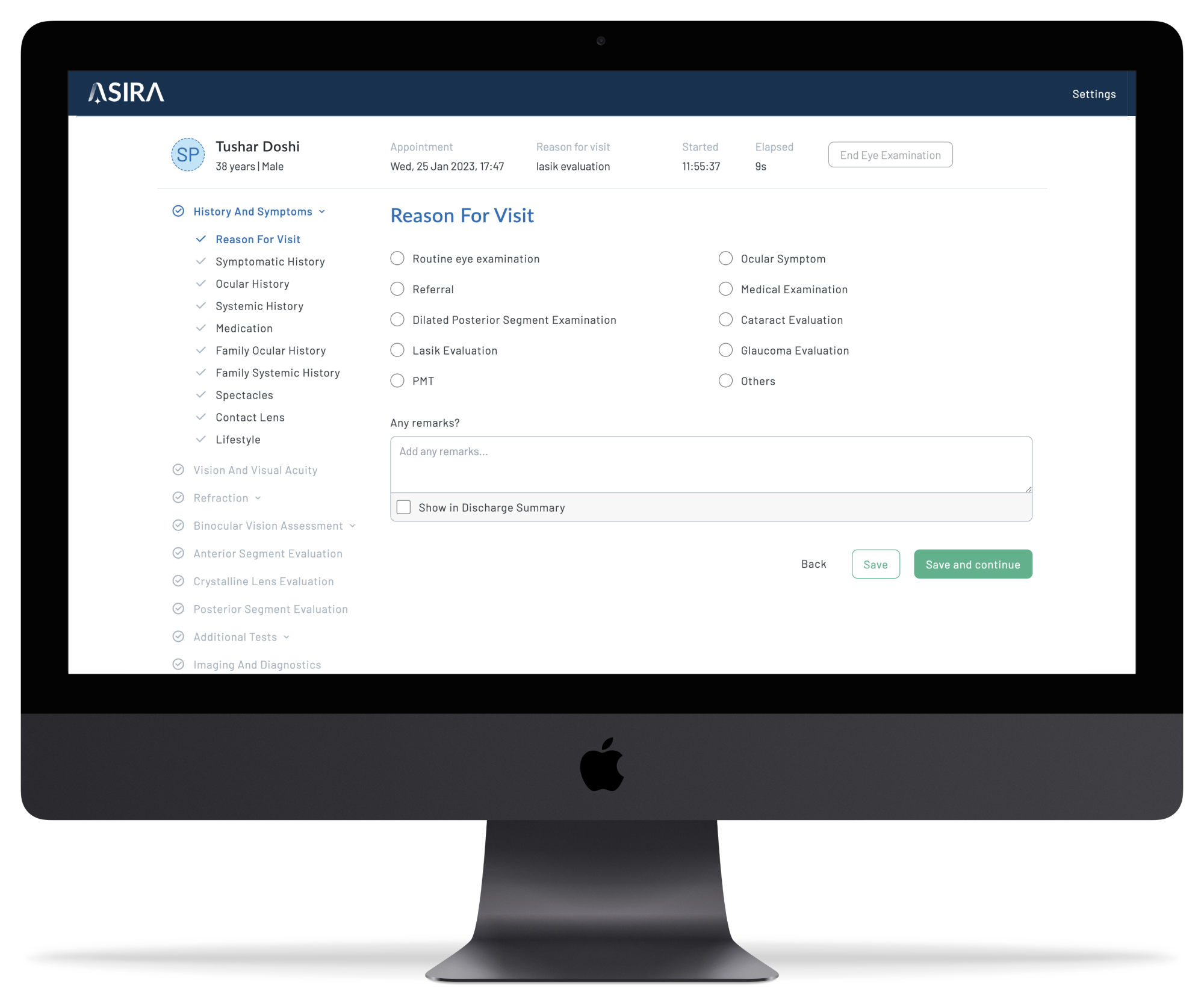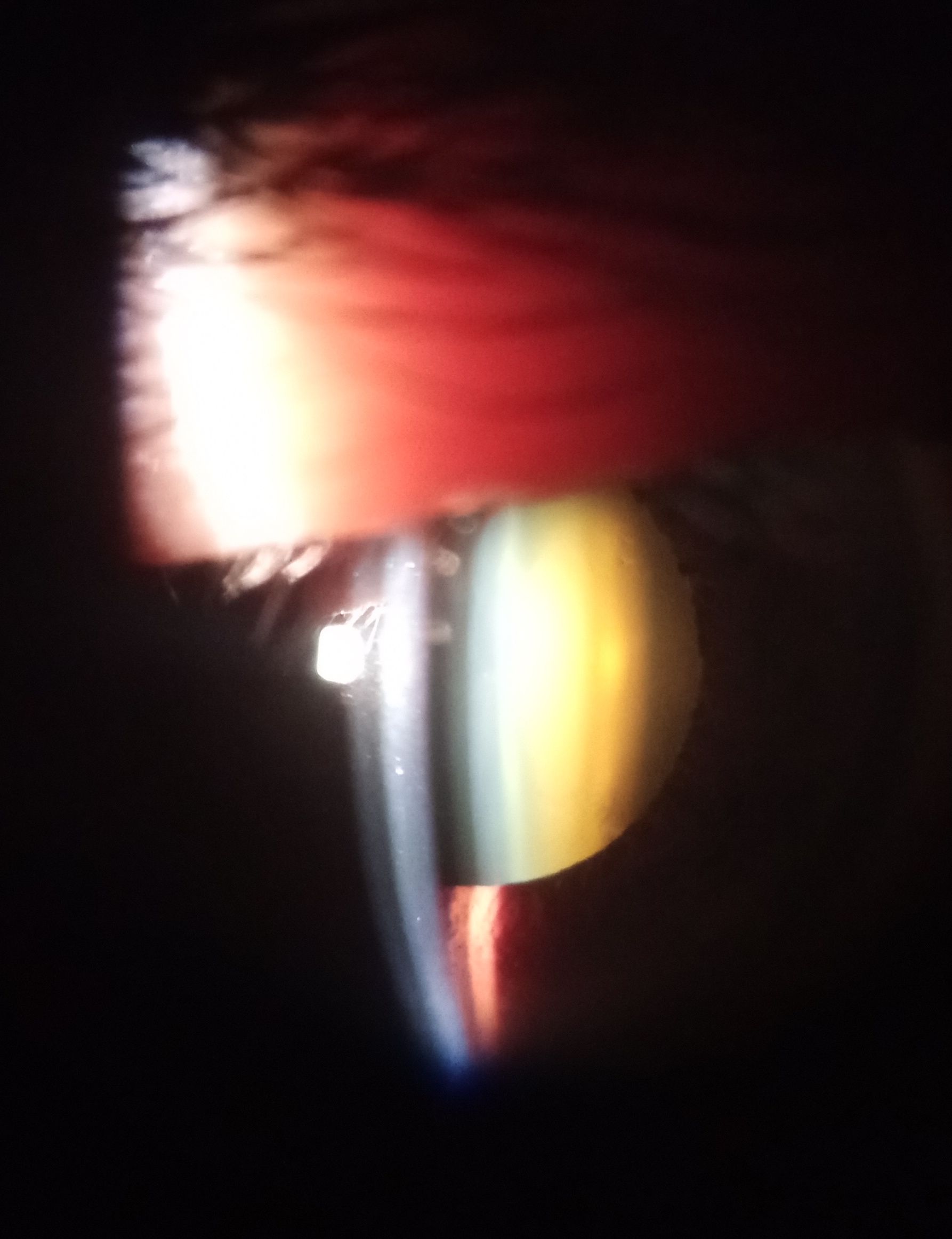Technology in Optometry: Electronic Medical Records

This is part of a series of posts that reviews what to look for and how to choose a practice management software that's right for your practice. Subscribe to our newsletter or follow us on LinkedIn and Facebook for more on how you can leverage technology to scale your practice.
The Importance of Maintaining Good Clinical Records
As primary health care professionals, maintaining clear and accurate clinical notes for each patient is essential in running a successful optometry practice and retaining patients.
- Retain clinical information: This is necessary for the appropriate and continued clinical management of the patient. A good EMR software will enable quick and easy referral to the patients clinical records for historical as well as recent clinical data.
- Seamless transition to other practitioners: A standardised universal method of record keeping makes it easy to hand over the care of a patient to another practitioner, when required, whether it is within the organisation or if the patient is being referred to an outside organisation. Your EMR software should allow efficient communication of data with the help of automated generation of patient records, that can be sent electronically to another practitioner or printed and handed to the patient.
- Practitioner protection: On the rare occasion of complaints or legal proceedings against the practitioner or the organisation, an ironclad clinical record of all the investigations carried out and all communication with the patient can provide considerable protection for the practitioner, provided all the correct protocols have been followed. An EMR will log the date and time of all entries, providing all the necessary evidence required, furthermore, at the time of clinical investigation, should prompt the practitioner to to carry out all the necessary tests and convey the correct advice to the patient in order to avoid prosecution in a legal proceeding.
- Clinical Research / Clinical audits: All good Optometry organisations and institutes may participate in clinical research and carry out clinical audits, to maintain a continued high standard of practise. Well maintained clinical records can be very helpful, particularly for retrospective studies, case presentations and applications for prestigious fellowships. The practitioner can use an EMR software keyword search to locate for existing cases much faster than looking through endless paper records.
SOAP Documentation
The most effective way to document clinical records is to follow the SOAP format: Subjective Objective Assessment Plan. First introduced by Dr.Lawrence Weed, Professor of medicine and pharmacology at Yale University, almost 50 years ago when Problem Oriented Medical Record (POMR) was proposed as the most effective way to document a clinical record. Today, SOAP is a universally recognised and validated method of maintaining clinical records to enable clear clinical decision making in an organised way. The SOAP method of clinical record keeping has been particularly useful as healthcare has evolved from paper to electronic records, providing a clear structure for documentation, making it a friendlier and more efficient user experience. Recently, many healthcare providers choose to add an 'E' to the SOAP acronym, which represents patient education. The fact that good patient education and counselling plays a massive role in improving patient compliance has been acknowledged and accepted in healthcare as a whole and several eye care practitioners and organisations have shifted their focus to this very important aspect of the eye examination, using both physical and electronic methods of communication to emphasise patient education.
The Application of SOAPE in Eye Care
A routine eye test is typically recorded in the following way, under the SOAPE clinical documentation format:
Subjective: History taking: Chief complaints/symptomatic history, ocular history, systemic history, family history.
Objective: Vision/Visual Acuity; Subjective/Objective Refraction; Basic Binocular Vision Function; Anterior and Posterior Segment Evaluation; IOP measurement.
Assessment: Based on Subjective and Objective findings, identifying and enlisting the problems to be addressed and reaching a diagnosis or carrying out a differential diagnosis.
Plan: Creating a management plan for the patient. This may include a form of vision correction, therapy, carrying out further investigations or referral to a secondary or tertiary eye care practitioner.
Patient Education: Advising and counselling the patient about the next steps to be taken. This will include details of the eye condition, details of further testing or referral, details of any recommended vision correction, treatment or therapy and a clear indication of a follow up examination. A report with all the information required will be automatically generated by the EMR software, which is given to the patient.
Adopting SOAPE into EMR
Using SOAPE documentation as a baseline tool while designing EMR software for eye care practitioners ensures a seamless and clinically sound process, making it an excellent user experience. The most sensible and logical way to enter data into the EMR software is to follow the flow of SOAPE documentation, therefore it is important to choose a software that ensures that the clinical data is entered consequentially, ie. History taking, followed by all the investigations mentioned above, followed by a detailed report, encompassing all the investigations and outcomes, which is generated automatically.

It is also useful if the software contains templates for educational material that may be sent electronically or printed and handed to the patient. Good examples of educational material include templates for contact lens care and maintenance, instructions on lid hygiene and warm compression for blepharitis / meibomian gland dysfunction or information on children's eye health and myopia management.
Case Study
Patient Demographic Details: Female, 78 years old, Indian.
Subjective:
Relevant History and Symptoms: Complaints of gradually deteriorating vision in the LE for distance since the last 6 months. Only wears spectacles for reading, although lately she is able to read without them. General health is good, no medications. Drives only during the day because she can no longer tolerate the glare from oncoming traffic at night.
Objective:
Unaided Vision: RE: 6/9 N10 LE:6/60 N6
Refraction: RE: -0.50DS 6/6 LE: -2.00DS DS 6/12 NIPH Near ADD +2.00 N5 (binocularly)
Binocular vision function: Orthophoria, Ocular Motility Full and Smooth, PERRL No RAPD, NPC 6cm.
Anterior and Posterior Segment Evaluation: Unremarkable for both eyes except image below for LE.

Assessment:
Having completed the above investigations, the patient was diagnosed with Nuclear Sclerosis Cataract in the left eye (LOCS Classification: NO5 NC5). This diagnosis was reached based on both the SUBJECTIVE (the symptoms of reduced distance vision in the left eye and reports of glare while driving at night) and OBJECTIVE (Left eye: reduced unaided vision, myopic shift, reduced BCVA, no improvement with pinhole and observation of nuclear sclerosis cataract on slit lamp examination).
Plan:
As an optometrist, the next step in managing this patient is to refer to an ophthalmologist so that the patient can be assessed for cataract extraction. In this case, cataract surgery is not urgent and the patient can be seen by an ophthalmologist within three months. A referral letter was written, covering all the relevant clinical information and was electronically to the ophthalmologist, with the patient's consent.
Education:
In this particular case, the key role of the optometrist was counselling and reassurance. The patient was advised that a cataract is part of the normal ageing process of the eye, with the prevalence in the ageing population in India (over 60 years) being just over 50% and nuclear sclerosis represents approximately 50% of all age related cataracts in India, making it the most common. Furthermore, the patient was advised that phacoemulsification is an extremely safe procedure, with a 99% success rate. It was also explained to the patient, that while it was not urgent, the procedure was definitely necessary to improve the patients quality of life and alleviate symptoms as well as to avoid further ocular complications that would occur if the condition was left untreated.
Conclusion
This systematic approach to maintaining clinical records will elevate your optometry practice and help retain a longstanding relationship with patients. Electronic Medical Records can play an important role in effectively maintaining and locating clinical records by digitising your practice, having away with filing cabinets and saving valuable time, which can be better spent on growing your practice.
ASIRA is a simple and secure, cloud-based software tool, built BY optometrists FOR optometrists, that helps eye care professionals reduce the time and effort required to maintain clinical records, schedule appointments, generate bills, manage inventory and much more!
To find out more, visit www.asira.health and sign up for a 30-Day FREE TRIAL! If you're a new practice owner or a fresh graduate thinking of entrepreneurship, visit www.asira.health/optompreneur to learn how ASIRA can help reduce your costs and increase revenue.

